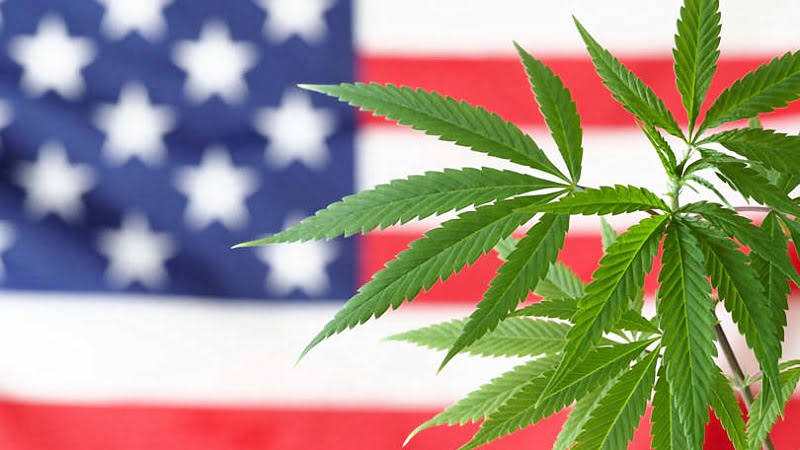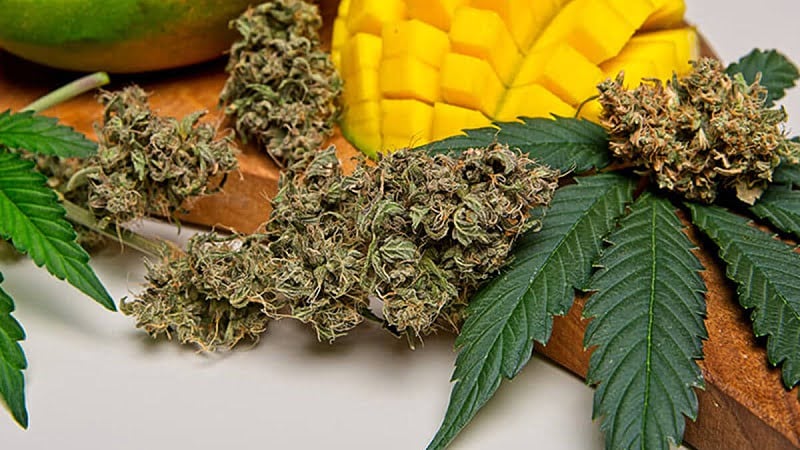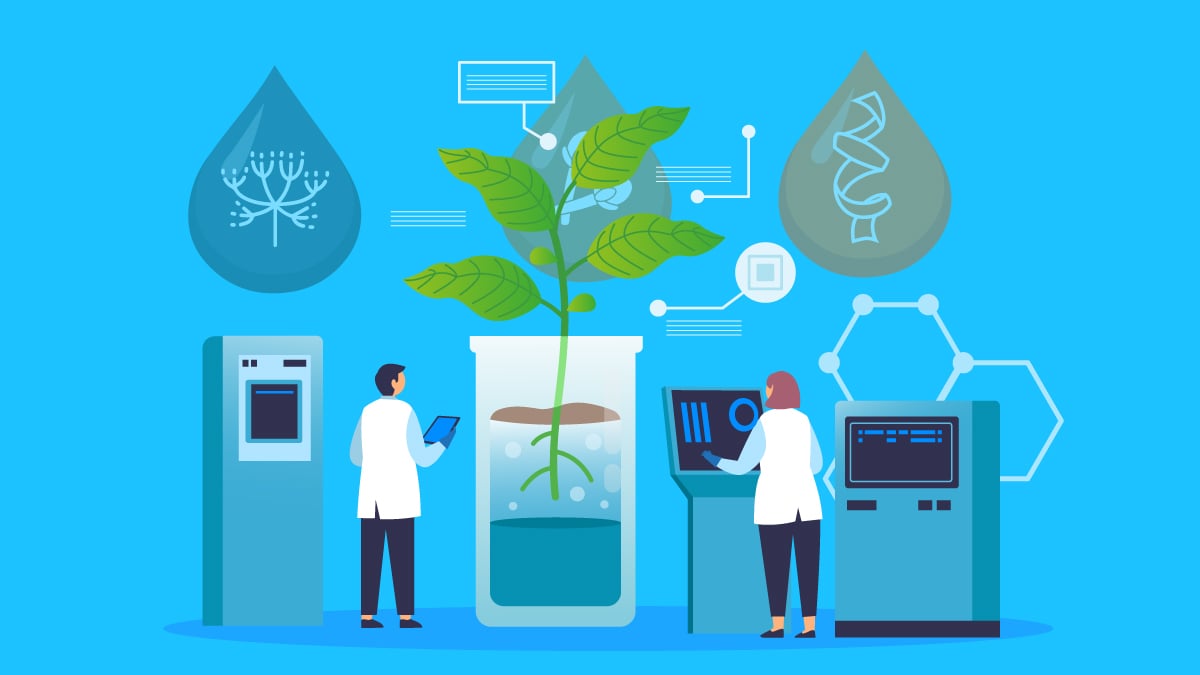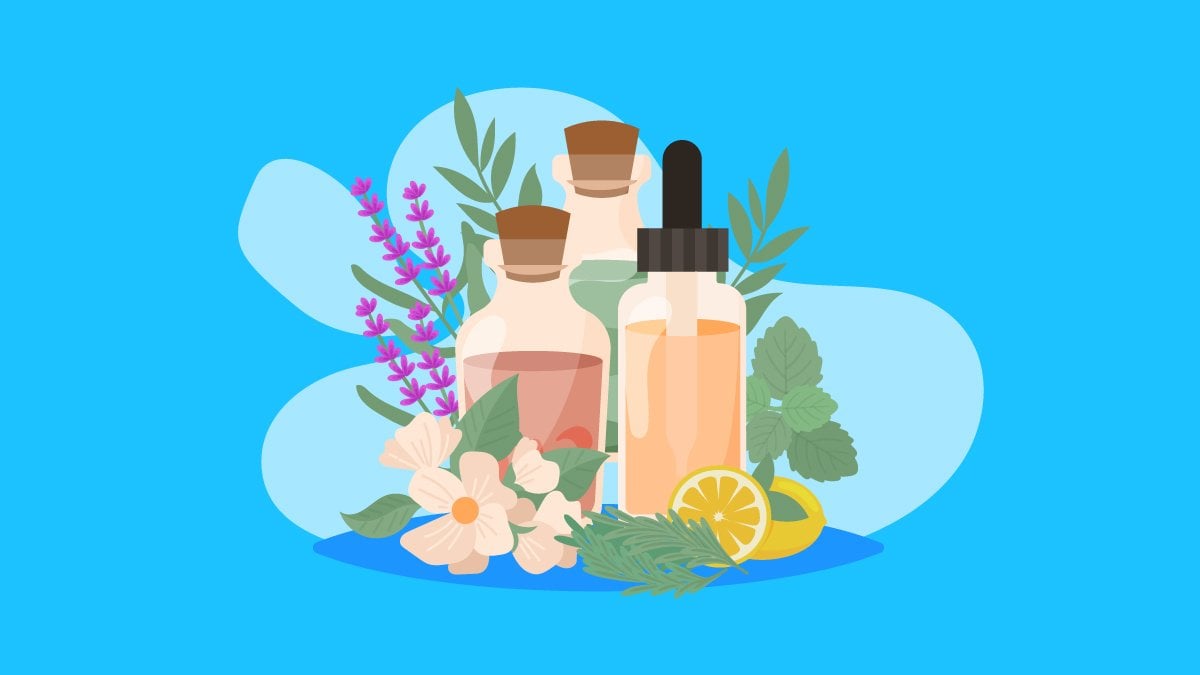Cannabinoids vs. Terpenes: What’s The Difference?
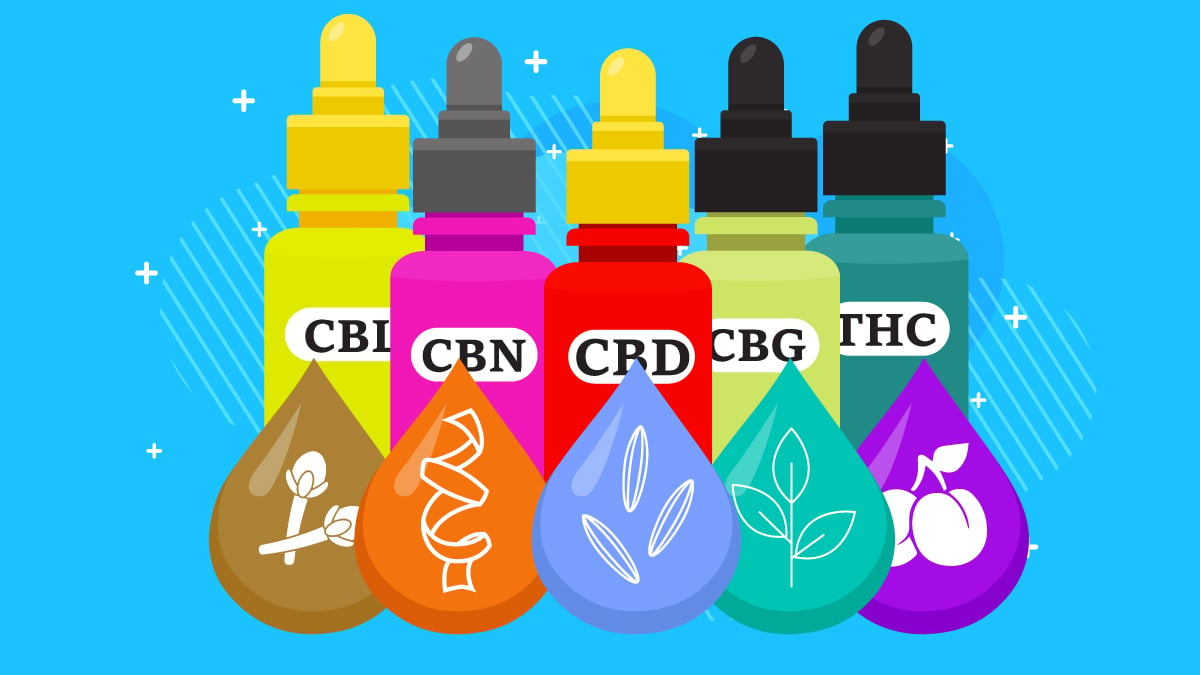
Many people confuse terpenes and cannabinoids together.
While both compounds are abundant in the cannabis plant and often work together to produce stronger therapeutic effects — cannabinoids and terpenes are completely unrelated.
This article discusses the similarities and differences of these substances, their origins, and most importantly, how they affect the body.
Comparing Terpenes & Cannabinoids
Terpenes and cannabinoids are entirely different molecules.
A cannabinoid is a large molecule produced primarily in the cannabis plant. They require high heat to evaporate and work by interacting with our endocannabinoid system (ECS).
Terpenes are tiny molecules produced in thousands of different plant species. They require very low heat to evaporate, where they’re then picked up by our noses to register their distinct aroma. Terpenes work through various mechanisms ranging from COX inhibition (anti-inflammatory action) to opiate receptor agonism (painkilling action).
| Terpenes | Cannabinoids | |
| Origin | Virtually all plants | Cannabis & a few select plant species |
| Evaporation Temperature | Less than 30ºC | More than 150ºC |
| Legality | Entirely Legal | Some listed as Schedule I restricted substances |
| Number of Different Types | Over 30,000 | Over 100 |
What is a Cannabinoid?
Cannabinoids directly interact with the human endocannabinoid system (ECS).
When we talk about cannabinoids, we’re usually referring to the ones in plants or phytocannabinoids.
Cannabinoids are of high interest because of the way they influence the ECS. The ECS regulates many human systems, from the central nervous system to the immune system, among many others.
The most well-known cannabinoids are CBD (cannabidiol), THC (tetrahydrocannabinol), and CBG (cannabigerol). However, there are over 100 other cannabinoids produced in the cannabis plant alone.
What is a Terpene?
A terpene is an organic compound found in many plants.
They’re composed of isoprene — a 5-carbon building block — and generally consist of 2,3, 4, or 6 isoprene units. Terpenes are secondary metabolites synthesized by an enzymatic reaction between primary metabolites (like amino acids or sugars).
These chemical compounds give an orange its citrus smell and are responsible for the calming effects of lavender.
Mechanism of Action: Cannabinoids vs. Terpenes
Cannabinoids and terpenes vary in their effects — and we’ve barely scratched the surface with what we know about them. The little we do know only encourages more research.
How Cannabinoids Work
There are two primary receptors in the ECS; CB1 receptors are abundant in the central nervous system, while CB2 receptors are located mainly in the immune system. Both are found in almost every part of the body and help regulate homeostasis (balance).
Each cannabinoid binds to receptors in the ECS in a different way and produces specific effects. For example, THC binds to both receptors but has an affinity for CB1 receptors.
CB1 is involved with the regulation of serotonin. By stimulating the CB1 receptors, THC can alter serotonin levels in the brain — which is what produces the characteristic high from marijuana.
On the other hand, CBD interacts with both receptors but doesn’t directly stimulate CB1. This is why cannabinoids like CBD, CBC, or CBG are entirely non-psychoactive.
How Terpenes Work
A terpene’s effect depends mostly on how it’s used, whether it’s topically, orally, or inhaled. They’re best known for their role in aromatherapy and “forest bathing.”
Terpenes directly activate GABA receptors and TRP channels when absorbed through the skin or digestive system. When inhaled through the olfactory system — or smelled — the olfactory sensors are triggered, and the signals are sent to the olfactory bulb and brain.
However, GABA receptors and TRP channels can also be activated.
Cannabinoids & Terpenes: Are They Legal?
All terpenes are legal. There has never been a law that prohibits terpenes in the United States.
The same can’t be said for cannabinoids.
All cannabinoids were considered illegal until recently because they came from the marijuana plant (a Schedule I drug). Today, only delta 9 THC, and in some states, delta 8 THC, are prohibited.
CBD, CBC, THCV, THCP, CBC, CBN, CBL, and all other cannabinoids are legal in the US and most developed world.
Cannabinoids vs. Terpenes: Their Psychoactive Properties
Terpenes don’t bind to the CB1 receptors in the brain, and therefore they don’t have any psychoactive abilities in the same way as cannabinoids.
Terpenes can shift the balance of neurotransmitters to influence mood, but none can alter one’s sensory perception the way cannabinoids as THC can.
However, some terpenes have powerful psychoactive abilities, such as salvinorin A from diviner’s sage. This terpene is not produced in any amount in cannabis plants.
List of Common Cannabinoids in Cannabis
Cannabis produces 80-100 cannabinoids and falls into the following subclasses:
1. THC (Tetrahydrocannabinol)
THC mimics the body’s natural cannabinoid anandamide. It’s the primary cannabinoid in marijuana and is responsible for its psychoactive effects.
It binds to both endocannabinoid receptors and affects memory, pain, and motor control.
There are a few different types of THC available. Delta 9 THC is the most common version found in marijuana and hemp. Other forms can be found in much lower concentrations, such as delta 7 THC, delta 8 THC, delta 10 THC, or THCP.
2. CBD (Cannabidiol)
CBD is one of the primary cannabinoids found in cannabis. It’s not a mind-altering compound but provides many benefits.
Because of its effects on the ECS, CBD has focused on scientific research for many years. CBD products have a strong market presence with many concentrated oils, tinctures, and edibles available.
3. CBC (Cannabichromene)
This the third most common cannabinoid; it’s not mind-altering and most resembles CBD.
CBC is one of the least studied, but early research shows it can provide calming and relaxing benefits.
4. CBN (Cannabinol)
CBN is a metabolite cannabinoid and is created as THC ages and breaks down. This can happen when the plant is overripe, or the buds are stored for a long time.
CBN is thought to have strong sedative qualities, but this has been disputed in recent years.
As a byproduct of THC, CBN is mildly psychoactive, with about 10% the psychoactive potency of THC.
5. CBG (Cannabigerol)
This is considered the mother of all other major cannabinoids (THC, CBD & CBC). Enzymes convert CBG into either CBD, THC, or CBC depending on the genetics of each strain.
Concentrations of CBG are usually less than 1% in most strains except in immature plants.
6. THCV (Tetrahydrocannabivarin)
Most cannabis strains contain trace amounts of THCV, but breeders are trying to develop strains with higher amounts of this compound.
THCV can tone down the effects of THC, creating a milder experience.
List of Common Terpenes in Cannabis
Cannabis has hundreds of known terpenes. Each strain has different concentrations that cause them to smell differently and can promote other effects.
1. Myrcene
This is a type of monoterpene and is the primary terpene found in cannabis. Myrcene can make up 65% of a strain’s terpene profile.
This compound generally determines whether the strain is classified as an indica or a sativa. It also gives the cannabis plant its unique smell.
2. Limonene
This monoterpene is commonly found in citrus fruits. It’s the second-highest terpene in cannabis, though strains have different levels. It has an energizing and uplifting effect. It’s commonly added to household cleaners for its fragrance.
3. Pinene
Pinene gives pine needles their distinct scent; it’s also in rosemary, dill, and parsley. It has been a staple in traditional herbal medicine.
4. Linalool
This terpene has a strong floral aroma and is abundant in lavender but also birch and cinnamon. It has relaxing properties and helps balance the effects of THC.
5. Caryophyllene
Caryophyllene is characterized by its peppery, spicy aroma. It’s the only known terpene to also interact with the CB2 receptors in the endocannabinoid system.
6. Humulene
This is a sesquiterpene common in basil and cloves but abundantly found in hops –– a primary ingredient in beer.
7. Ocimene
This gives off a naturally herbaceous scent combined with citrus and woody notes. Plants with high levels of these terpenes are more resistant to insects and can increase a plant’s defense mechanism.
8. Terpinolene
Terpinolene is another monoterpene with a complex scent — a combination of wood, citrus spice, and floral. This provides sedative properties similar to other monoterpenes.
Plant Synergy: Why Cannabinoids & Terpenes are Better Together
Cannabinoids bind to ECS receptors, which signal the brain to perform a specific action. Terpenes work to enhance or mitigate the effects of cannabinoids but don’t interact with receptors.
Terpenes can increase the calming or uplifting aspects of certain cannabinoids and can also reduce the potency of THC.
Cross-breeding strains can produce certain levels of specific terpenes and cannabinoids to simulate different effects.
Summary: What’s the Difference Between Cannabinoids & Terpenes?
Cannabinoids directly interact with receptors in the endocannabinoid system and cause the brain to act. These compounds are in various plant species and are made by the human body. The highest concentrations of cannabinoids are in cannabis.
Terpenes are in almost every plant — it’s what gives them their unique scent and flavor. These compounds don’t bind to specific receptors as cannabinoids do but can help relieve stress and boost your mood. When present together, terpenes can enhance cannabinoids.
